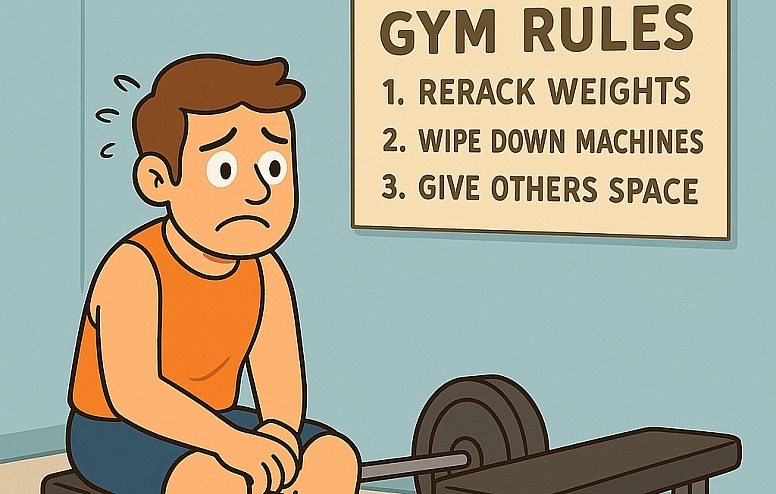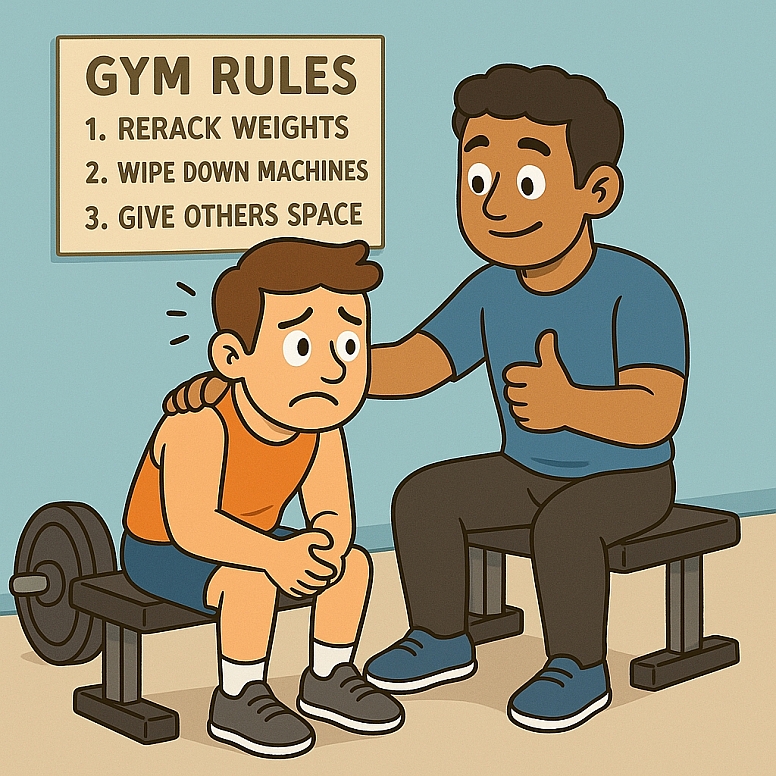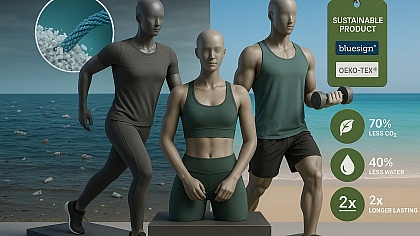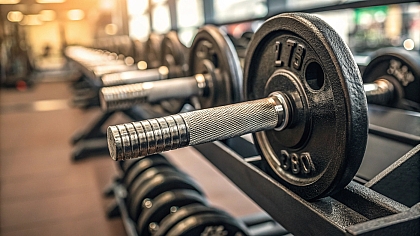
How to Overcome Gym Anxiety & Feel Confident Working Out
Going to the gym can feel intimidating, especially if you're new. You might worry about:
✔ Being judged for your fitness level
✔ Using the equipment wrong
✔ Not knowing gym etiquette
✔ Standing out as a beginner
The truth? Most gym-goers are focused on their own workouts, not yours. But if anxiety is holding you back, these strategies will help you walk in with confidence.
Why Gym Anxiety Happens
It’s normal to feel nervous in a new environment. Common triggers include:
- Fear of looking inexperienced (What if I use a machine wrong?)
- Intimidation by fitter people (Everyone else seems so strong!)
- Unfamiliarity with equipment (How does this even work?)
- Social pressure (Will people stare at me?)
The good news? Gym anxiety fades with exposure. The more you go, the more comfortable you’ll feel.
7 Ways to Feel More Confident at the Gym
1. Start With a Plan
- Before you go, look up a simple workout (e.g., "beginner full-body routine").
- Write it down or save it on your phone so you’re not lost.
- Stick to 3-4 exercises at first—don’t overwhelm yourself.
2. Go During Off-Peak Hours
- Least crowded times: Early morning (5-7 AM) or mid-afternoon (1-3 PM).
- Avoid: Weekday evenings (5-7 PM), when gyms are packed.
3. Take a Tour or Class First
- Many gyms offer free orientations—ask a staff member to show you around.
- Group classes (like yoga or cycling) ease you in with structure.
4. Bring a Workout Buddy
- A friend can make the gym feel less intimidating.
- If you don’t have one, wear headphones to signal you’re focused.
5. Learn Basic Gym Etiquette
- Rerack weights when done.
- Wipe down machines after use.
- Don’t hog equipment if others are waiting.
(See our full Gym Etiquette Guide for more.)
6. Dress Comfortably (But Not Too Self-Conscious)
- Wear clothes that let you move freely (no jeans, obviously).
- Avoid overly baggy shirts if they make you trip or overheat.
7. Remember: No One Cares What You’re Doing
- Most people are focused on themselves.
- Even fit people started somewhere.
- If someone glances at you, it’s probably just zoning out, not judging.
What to Do If You Still Feel Nervous
Try the "5-Minute Rule"
- Tell yourself: "I’ll stay for just 5 minutes."
- Once you’re in, you’ll usually want to stay longer.
Use a Personal Trainer (Even Just Once)
- A single session can teach you how to use machines properly.
- Many gyms offer free first-time training.

Start With Bodyweight Workouts
- If weights feel intimidating, do:
- Squats
- Push-ups
- Planks
- Lunges
- No equipment needed, so less pressure.
Bring a "Security Blanket" Item
- A water bottle, a towel, or a notebook can make you feel more in control.
FAQs
Q: How long until gym anxiety goes away?
A: For most people, 2-4 weeks of consistent visits.
Q: What if I make a mistake (like dropping a weight)?
A: It happens to everyone! Just clean up and move on—no big deal.
Q: Should I avoid eye contact with others?
A: You don’t have to, but headphones + focused expression help avoid unwanted chats.
Q: Is a home workout better if I’m too anxious?
A: It’s an option, but facing the gym builds confidence faster.
The Science Behind Gym Anxiety (And Why It’s Normal)
Your nervousness isn’t irrational—it’s evolutionary. Psychologists call this the "spotlight effect," where we overestimate how much others notice us. Studies show:
- 80% of gym newcomers report anxiety
- 70% of regulars admit they felt the same when starting
- The average gym-goer checks themselves in mirrors 23x/hour (not you)
This explains why you feel watched when you’re actually invisible.
Stealth Mode: Low-Profile Workout Strategies
Disappear into the crowd with these tactics:
- Station yourself near pillars/walls (creates psychological barriers)
- Face away from high-traffic areas when doing floor exercises
- Wear neutral colours (bright outfits draw more glances)
- Use the "corner treadmill" –the least visible cardio spot in most gyms
The 3-Second Rule for Equipment Anxiety
When hesitating to use a machine:
- Identify the equipment from 10ft away
- Observe someone using it properly
- Approach within 3 seconds before doubt creeps in
This prevents overthinking—the main fuel for anxiety.
What Experienced Lifters Wish You Knew
We anonymously surveyed 100 gym regulars:
- "I respect beginners more than people who don’t try" – Mark, powerlifter
- "If I glance your way, I’m probably just resting between sets" – Sarah, bodybuilder
- "We were all clueless at first—just ask if you need help" – David, trainer
Progressive Exposure Therapy for Gym Phobia
Build tolerance with this 4-week plan:
| Week | Exposure Level | Example |
|---|---|---|
| 1 | Observation | Walk through the gym, no workout |
| 2 | Peripheral Activity | Stretch in the corner, use one machine |
| 3 | Focused Routine | Do the 3 planned exercises |
| 4 | Full Integration | Complete a workout during moderate hours |
The "Phone Armour" Technique
Your smartphone can be an anxiety shield:
- Pre-load workout videos to follow along
- Use fitness apps that show exact machine setups
- Create a "fake call" exit strategy if overwhelmed ("Hello? Oh no—be right there!")
Gym Alternatives to Build Confidence
Transition gradually with:
- 24-hour gyms at 3 AM (ghost town vibe)
- Women’s-only/beginner-only gyms
- Hotel gyms (tiny but empty)
- Outdoor callisthenics parks
When Anxiety Turns to Panic: Quick Resets
If you feel overwhelmed:
- 5-5-5 breathing (5 sec inhale, hold, exhale)
- Grounding technique (Name 3 sounds, 2 textures, 1 smell)
- Bathroom break reset (Splash water, reassess)
The Gym Is for Everyone
You belong there as much as anyone else. The first few visits are the hardest—after that, it gets easier.
Your Challenge: Go to the gym once this week and do just one exercise. That’s it. You’ll see—it’s not as scary as you think.
Final Reality Check
Gyms are essentially adult playgrounds where people grunt while picking up heavy objects. The only real difference between you and "them"? About 30 consistent visits.
Tonight’s Mission:
Google your gym’s floor plan. Identify 3 "safe zones" (stretching area? corner machine?) for your next visit.









